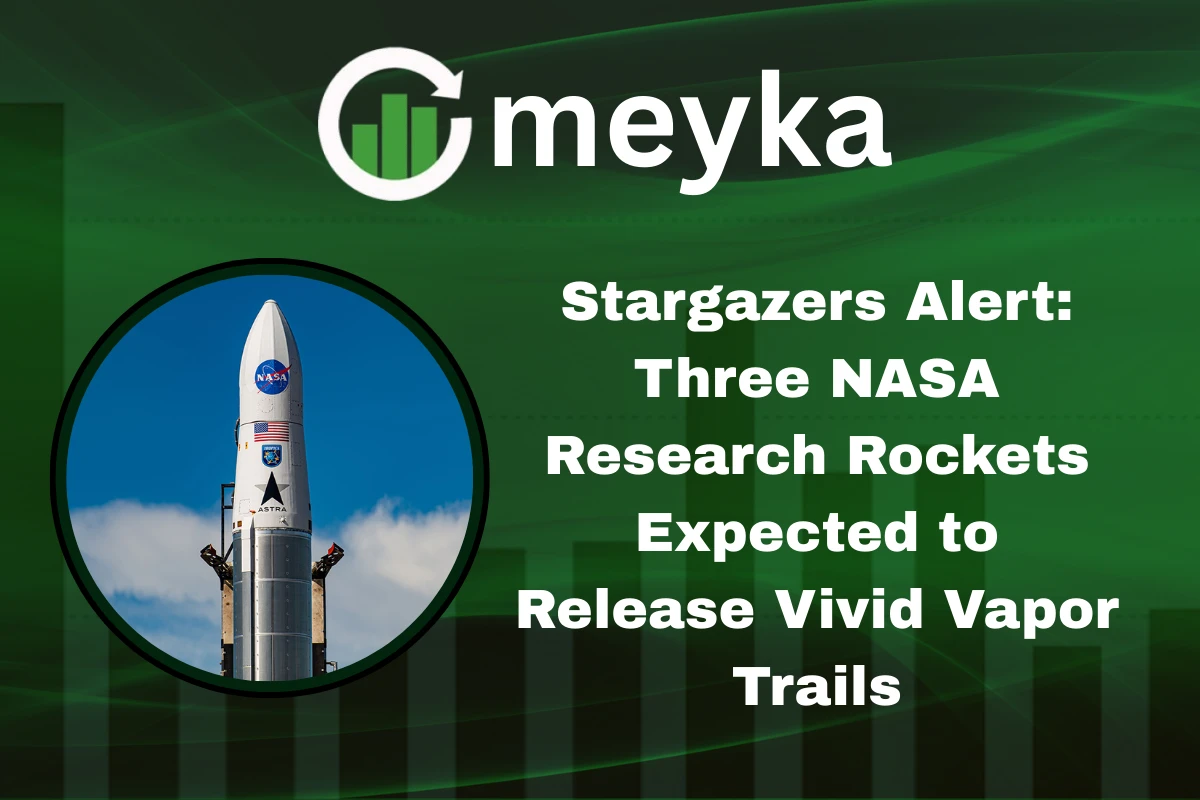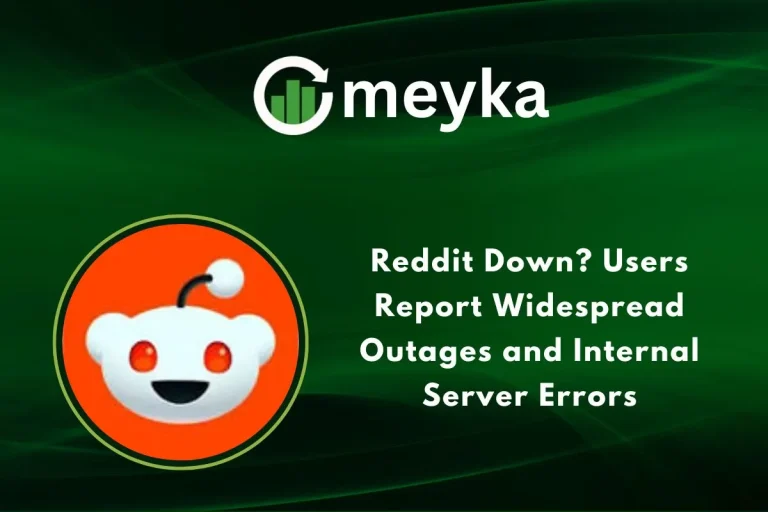Stargazers Alert: Three NASA Research Rockets Expected to Release Vivid Vapor Trails
A Sky Show from NASA That You Shouldn’t Miss
Space lovers, get ready for a visual treat. Tonight, three NASA Research Rockets will launch from Wallops Flight Facility in Virginia, creating vivid vapor trails across the sky. These colorful clouds are not fireworks, but part of a critical scientific mission designed to help researchers study conditions in the upper atmosphere.
The launch is scheduled for late evening, and if the skies are clear, millions of people across the Mid-Atlantic and Northeast United States will get the chance to see glowing green, blue, and red trails painting the horizon.
But why is NASA doing this? And what exactly should you expect? Let’s break it down.
Why Is NASA Launching Three Research Rockets
The Three NASA Research Rockets are part of a project to study the ionosphere, a layer of Earth’s upper atmosphere that plays a key role in radio communications and satellite navigation. By releasing special vapor tracers that create colorful trails, scientists can track how particles move in the atmosphere and understand how solar activity impacts our planet.
These experiments are not just for science geeks. They help improve GPS signals, weather forecasting, and even communication systems used in aviation and military operations.
According to NASA, the tracers are completely safe and will disappear within minutes. They are made of harmless compounds like trimethylaluminum (TMA) and barium, which glow beautifully when they interact with sunlight.
Where and When Can You See the Vapor Trails
One of the biggest questions people have is: Where do I need to be to see it?
If the weather permits, the launches will be visible from New Jersey, Pennsylvania, Maryland, Delaware, and Virginia, and possibly as far north as New York. The colorful vapor trails will last for about 20 to 30 minutes, making it a short but unforgettable spectacle.
NASA has also announced that the event will be live-streamed on their official YouTube channel, so even if clouds block your view, you can still watch the glowing trails online.
What Makes These Trails So Special
This is not the first time NASA has painted the skies with glowing colors, but events like these are rare. The combination of three rockets launching in sequence means the skies will look brighter and more dramatic than a single release.
Imagine looking up and seeing streams of red, green, and blue lights slowly drifting across the night sky. It’s a natural science experiment turned into a celestial artwork.
Social Media Buzz around the Launch
As expected, social media is buzzing with excitement. NASA’s official Wallops account posted:
NASAWallops Tweet: “Three NASA research rockets will release colorful vapor tracers tonight, visible across the East Coast. Stay tuned for live updates.”
Local residents are equally thrilled. A New Jersey account tweeted:
WakeUpNJ Tweet: “Heads up NJ! Look out for glowing clouds tonight as NASA launches 3 rockets from Wallops. Should be visible from most of the state.”
And space enthusiasts are already preparing their cameras:
Sean S Larson Tweet: “Got my gear ready. Excited to capture the vapor trails from tonight’s NASA rocket launches. Hoping for clear skies.”
This shows how the event is not only scientific but also a community experience, bringing people together to witness something magical.
What If You Miss the Event
Don’t worry if you can’t step outside to catch it. NASA has promised to share real-time updates and photos on NASA Wallops’ official X account, along with the live-streamed video. Many photographers and astronomers across the East Coast will also post images of the event on social platforms.
Why These Research Missions Matter
At first glance, colorful trails in the sky may seem like just a visual show. But in reality, they are a serious scientific study. By tracking how these vapor tracers move, scientists can:
- Understand how space weather affects satellites and communication systems.
- Improve GPS accuracy, which is vital for everyday navigation.
- Study how the ionosphere changes during solar storms.
- Enhance knowledge of how radio signals travel through the atmosphere.
This information helps industries like aviation, defense, and telecommunications. It also supports space exploration by ensuring reliable communication between Earth and spacecraft.
Conclusion
The launch of Three NASA Research Rockets is more than just a stargazing opportunity. It is a scientific experiment, a social event, and a reminder of how space research connects with our daily lives.
Whether you are standing outside with your family or watching the stream online, tonight’s event promises to be an unforgettable experience. So, look up, enjoy the colors, and remember that behind every glowing trail is a step toward better science and technology.
FAQ’S
Research rockets, also called sounding rockets, are small launch vehicles used for scientific experiments and atmospheric studies.
NASA has launched Saturn rockets, Space Launch System, Atlas, Delta, Falcon, and many sounding rockets for research missions.
A Category 3 mission is the highest risk level mission that uses human-rated or advanced flight-proven rockets.
The Saturn V rocket is NASA’s most famous rocket, used in the Apollo missions to take astronauts to the Moon.
The three main types of rockets are solid-fuel rockets, liquid-fuel rockets, and hybrid rockets.
Currently, NASA’s main rocket is the Space Launch System (SLS), designed for deep space missions.
NASA’s new rocket is called the Space Launch System, built for Artemis missions to the Moon and beyond.
NASA’s first rocket was the Juno I, which launched the United States’ first satellite Explorer 1 in 1958.
NASA rockets are launched from Kennedy Space Center in Florida, Wallops Flight Facility in Virginia, and other sites.
A Class 3 rocket refers to advanced high-powered model rockets regulated by safety codes for skilled hobbyists.
NASA’s 3rd human spaceflight was Mercury-Atlas 6, which carried John Glenn into orbit in 1962.
NASA stands for National Aeronautics and Space Administration, established in 1958.
Disclaimer
This is for informational purposes only and does not constitute financial advice. Always do your research.






